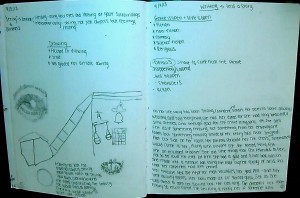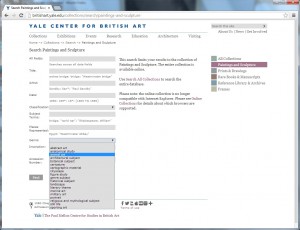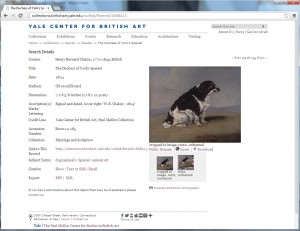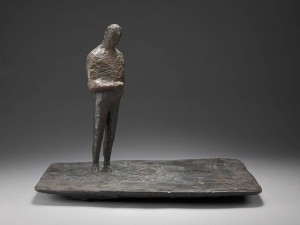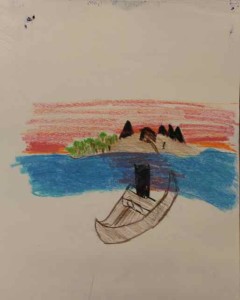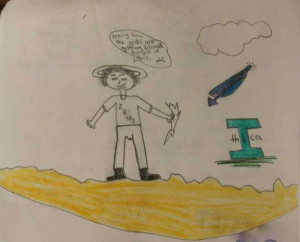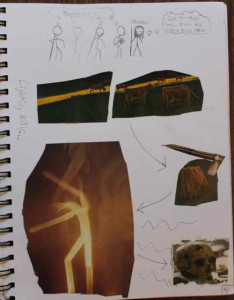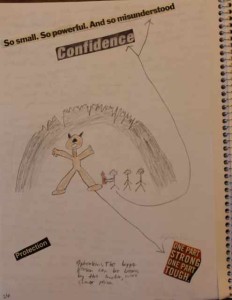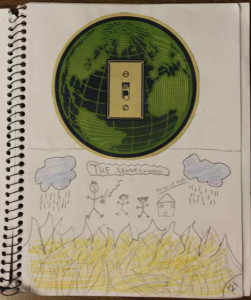The circle undrawn is never the circle drawn; — Norman Nicholson
The 20th Century British poet knew of the gap between our eye, our mind, and our hands. This gap, quite apparent at the beginning of the school year awaits our response. Integrating a visual strategy into your class can begin anywhere. The point is to start looking and start connecting looking to seeing, seeing to drawing, drawing to words.
For the past two years I have started with Albrecht Dürer’s Melencholia I (Albrecht Dürer – Melancholia I, 1514). I don’t spend a lot of time discussing the work of art as a cultural object; rather, we use the work of art as a beginning of seeing and thinking. I have chosen the print for a variety of reasons. First, it is a significant work of art that continues to inspire conversation. Many have tried their hand at its composition. The image also covers a range of objects and ideas: students can draw the entire piece or focus on one particular element.
“All her life Mary has been strong, confident and smart. Her parents were always wealthy, and had everything she had ever asked for. She had long beautiful silky dresses, and enough gold for the entire kingdom. Yet, she still felt as if something was missing – not something from her extravagant room, but something missing insider her…”
The image can handle sustained observation and the longer you look, the more you see.
“The Story: The woman, her child, and her crew were trying to get to their destination or the light in the distance. Their ship was wrecked and they were the only ones to survive. They washed up on a deserted island and the wreckage came with them. Now they are stuck on the gross uninhabited island and can see their destination in the distance. She is upset and starving. She is afraid she will die before someone finds them.”
The drawing work leads to conversation: What did you see? What did you draw? Why are these objects together? What does melencolia mean? I then can ask the question (and one we will be asking and discussing all year): In what ways is seeing literal? In what ways is seeing metaphorical?
“Two angels were sent to a small island. On the small island there were about 20 people on two boats which have crashed on the shore due to a bad storm. The boats no longer worked. Everyone was hot, thirsty, and hungry. They were so desperate for help…”
Of course, I don’t answer any of these questions, only start the story listening to the new worlds being made. The students are encouraged to speak, to say, and begin ‘showing’ what they see. And this starts our journey for the year. And our conversation…
–James Shivers
